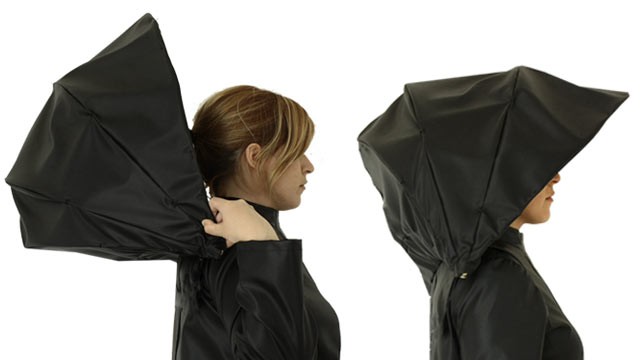Greetings freshmen, transfers, exchange students, and those otherwise unfamiliar with Portland’s unique climate! Many of you may be wondering, or may find yourself wondering over the course of the next month, “what did I buy all of this rain gear for if it’s going to be so sunny out?”
All in due time.

Your best bet for staying dry in the coming months.
Most popular representations of the Pacific Northwest involve rain, and a lot of it. Grey’s Anatomy is set in Seattle and features copious amounts of rain as a near constant back drop, as does the horror movie The Ring. David Lynch’s Twin Peaks was set farther inland, closer to Idaho than the Pacific Ocean, but heavily featured perpetually gloomy weather to add to the series’s distinctive ambiance. All of this contributes to a collective cultural association between the Pacific Northwest and extensive precipitation.
This lore, however, may ring untrue if you visit the Northwest some time between the beginning of June and the end of September. During the summer months, Portland is comfortably warm (seldom overly hot) and experiences very little rain or humidity. In fact, under the Köppen climate classification system, Portland is considered to have “Mediterranean summers”. Portland summers are beautiful and enjoyable, but also slightly misleading.
Though annually Portland often receives less rain than cities on the East Coast, rain in Portland tends to come in drizzles that can last for days rather than shorter, high intensity showers. October through May, mild temperatures, overcast skies, and constant drizzling tends to be the norm. Precipitation increases as temperatures drop in the winter, and although the temperature tends to hover above freezing, any Portland resident who’s spent a significant amount of time on the East Coast (and vice versa) will tell you that wet winters are different from (and not necessarily milder than) dry winters.
Which is to say, you will need all that rain gear after all. This writer’s recommendation would be waterproof shoes (a moment of silence for so many leather and canvas shoes lost every year) and a hooded, waterproof jacket. If your primary experiences with rain have been thundershowers and the like, you may gravitate towards umbrellas but in our low intensity drizzles you may ultimately find them to be not strictly necessary and slightly cumbersome. You may want to size up your rain jackets in order to accommodate warm winter layers, and likewise you may want to invest in some thick socks. (New Portland residents should also note that overcast skies for most of the year means less opportunity to soak up vitamin D, an essential nutrient. Vitamin D deficiency can be treated with supplements.)
But for now, enjoy the warm weather while it lasts! We’re all a little sweaty and ill-equipped to deal with it, but in all likelihood you won’t be seeing this much consistent direct sunlight until Renn Fayre.
